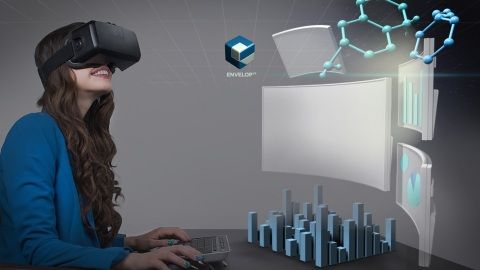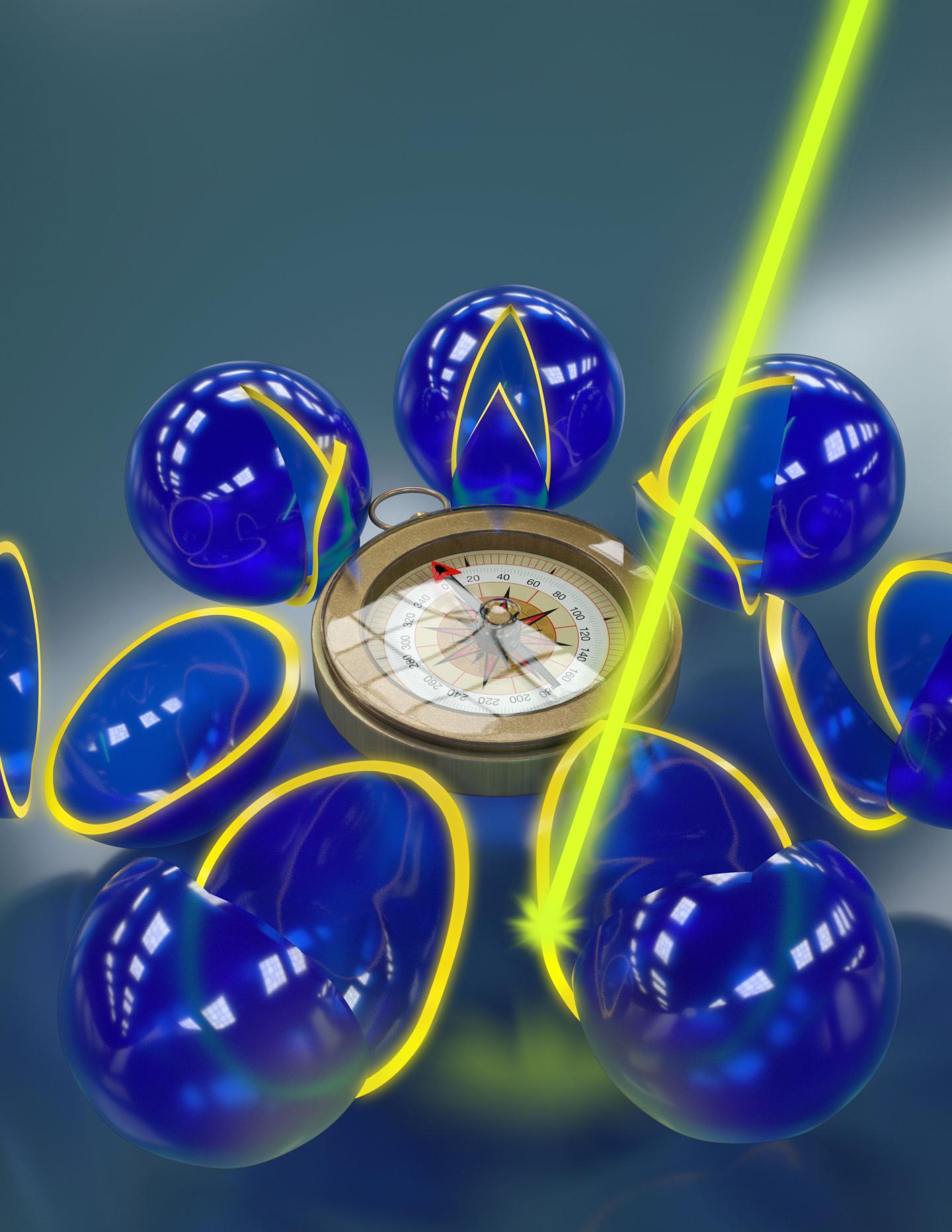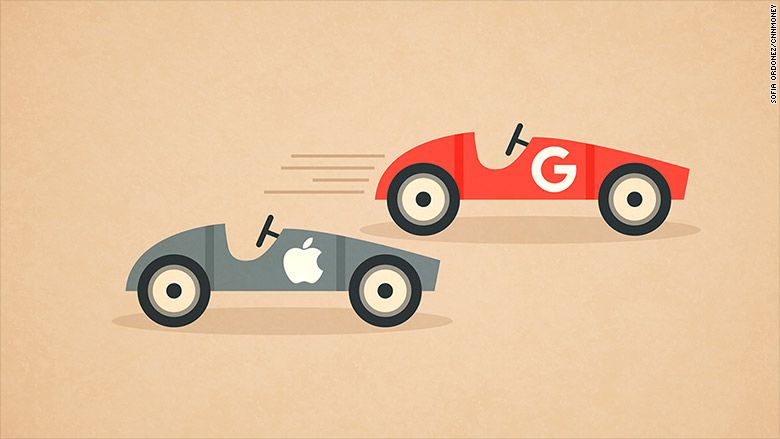Now we can turn sugar into Nylon.
Genetically engineered yeast plus electro-catalyst yields bio-based nylon.


The job advertisement was highly specific: applicants had to be passionate about computer games and live in the UK. Oh, and they also had to be amputees who were interested in wearing a futuristic prosthetic limb.
James Young knew straight away he had a better shot than most. After losing an arm and a leg in a rail accident in 2012, the 25-year-old Londoner had taught himself to use a video-game controller with one hand and his teeth. “How many amputee gamers can there be?” he asked himself.
In the end, more than 60 people replied to the ad, which was looking for a games-mad amputee to become the recipient of a bespoke high-tech prosthetic arm inspired by Metal Gear Solid, one of the world’s best-selling computer games. Designed and built by a team of 10 experts led by London-based prosthetic sculptor Sophie de Oliveira Barata, the £60,000 carbon-fibre limb is part art project, part engineering marvel.
Unfortunately, much of this (teaching morals, developing a defense plan in case of a preemptive strike, etc,) is not going to work and key reason is simple. Robots are and will always be a machine at it’s core foundation. And, as a result, criminals and terrorists will be able to pay enough money to someone to over ride the technology; therefore, enabling criminals and others to do whatever they wish with the technology.
Instead of trying to promote book reading as a means to preventing an up rising; let’s be a little more realistic in this by stating we’re teaching the machine to have more of an interpersonal approach in its communications and interactions with people. Also, I highly encourage robotic companies need to include a well diverse engineering team especially where robotics is being developed for domestic usage and caregiver usage; otherwise, you will be only as good as the next competitor’s product that did include a right mix of engineers and deliver a better product that meets both male and female needs as well as cultural needs.
In other words, it will be hard for a robot designed & created with a dominate male (20 to 30 something year olds) minded to relate how a female 50 yr old thinks about her house. Again, I would love to see more females get into this space especially female owned companies because they could truly own this market.
Add a comment…
This is going to require a few good books. But choose them carefully.

The nanoscale coating that’s at least 95% air repels the broadest range of liquids of any material in its class, causing them to bounce off the treated surface, according to the University of Michigan engineering researchers who developed it.

Integrated circuits traditionally have been a domain reserved for electrons, which course through exquisitely tiny transistors, wires and other microscopic structures where the digital calculations and data processing that underlie so much of modern technology unfold. Increasingly, however, chip designers have been acting on a long-ripening vision of enlisting photons instead of, or in tandem with, electrons in the operation of microprocessors. Photons, for one, can serve as fast-as-light carriers of information between chips, overcoming digital traffic jams that at times put the brakes on electrons. Recently, DARPA-funded scientists designed and crafted a breakthrough microprocessor that combines many of the best traits of electrons and photons on a single chip. The result is a remarkable and elegant hybrid microtechnology that boggles the mind for the intricate complexity of its sub-Lilliputian architecture. To appreciate the engineering acumen involved in the development of this chip and its tens of millions of resident electronic and photonic components, DARPA has produced an annotated, graphical tour of the new chip’s innards. Check it out, and lose yourself in a world of highways, toll gates and traffic circles populated by some of the physical world’s smallest commuters.

VR experience with SCM, CRM, etc. Imagine the improved connected customer experiences with VR.
Envelop VR, a software company that is leading businesses to immersive computing, announced today that it has hired Jeff Hansen as Vice President of Business Development. Jeff’s primary role will be to engage with enterprise customers wanting to solve for real business challenges by utilizing a virtual reality environment, including improving their work flow processes and efficiencies, visualizing data, or collaborating on engineering or product development. Envelop VR solutions enable enterprise customers to unlock the tremendous benefits and advantages of working and collaborating in a three-dimensional virtual environment.
This Smart News Release features multimedia. View the full release here: http://www.businesswire.com/news/home/20160218005289/en/

More news on Qubits that are surprisingly intrinsically resilient to noise.
While a classical bit found in conventional electronics exists only in binary 1 or 0 states, the more resourceful quantum bit, or ‘qubit’ is represented by a vector, pointing to a simultaneous combination of the 1 and 0 states. To fully implement a qubit, it is necessary to control the direction of this qubit’s vector, which is generally done using fine-tuned and noise-isolated procedures.
Researchers at the University of Chicago’s Institute for Molecular Engineering and the University of Konstanz have demonstrated the ability to generate a quantum logic operation, or rotation of the qubit, that — surprisingly — is intrinsically resilient to noise as well as to variations in the strength or duration of the control. Their achievement is based on a geometric concept known as the Berry phase and is implemented through entirely optical means within a single electronic spin in diamond.
Their findings were published online Feb. 15, 2016, in Nature Photonics and will appear in the March print issue. “We tend to view quantum operations as very fragile and susceptible to noise, especially when compared to conventional electronics,” remarked David Awschalom, the Liew Family Professor of Molecular Engineering and senior scientist at Argonne National Laboratory, who led the research. “In contrast, our approach shows incredible resilience to external influences and fulfills a key requirement for any practical quantum technology.”

If you have money in the stock market, I highly recommend that you buy as many shares of Alphabet, as much as you can, as soon as you can. Alphabet was spun out of it’s parent company, Google. It’s important, critical even, to take notice of the fact that all of Google’s “moon shot” R&D programs, from it’s X division to it’s marketing department, have been transferred to this new company. Why does this matter so very much? The answer to that question is this: The evolutionary scientific and engineering breakthroughs are nearing completion. When that happens, in the very near future, it is going to leave humanity in a state of stunned awe.
Welcome to the singularity, my friends.
Shares of Alphabet, the parent company of Google, rose nearly 4% Tuesday morning thanks to its strong earnings report.
As a result, Alphabet (GOOGL, Tech30) started the day with a market valuation of about $551 billion. Apple’s (AAPL, Tech30) stock fell 1%, pushing its market value down to $531 billion.
Alphabet — can I just call it Google in the way the Arsenio Hall barber character in “Coming To America” refused to refer to Cassius Clay as Muhammad Ali? — wowed Wall Street with its fourth quarter results after the closing bell Monday.


Amazing.
The Singularity isn’t NEAR…
It’s in progress.
For the first time ever, researchers have successfully demonstrated a system that enables a person to move the individual fingers of a prosthetic hand using just their thoughts.
To test the device, scientists at Johns Hopkins University recruited the help of an epilepsy patient who was preparing for surgery to pinpoint the source of his seizures. (The patient himself was not missing a limb.) The scientists used the same electrode array implanted in his brain to control the prosthetic limb. After mapping the parts of the brain responsible for individual finger control movements, the researchers programmed the prosthesis to move the corresponding finger. The details of the experiment can now be found in the Journal of Neural Engineering.